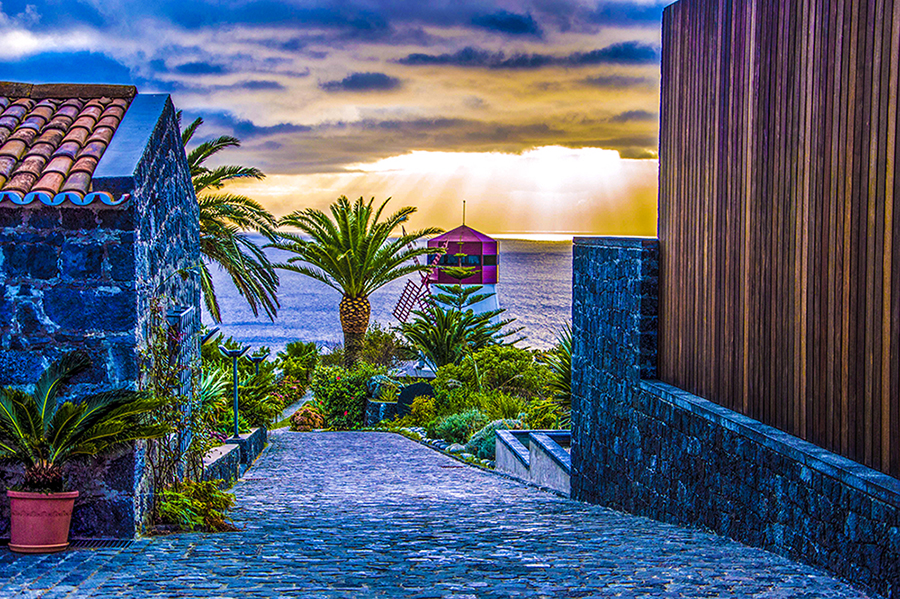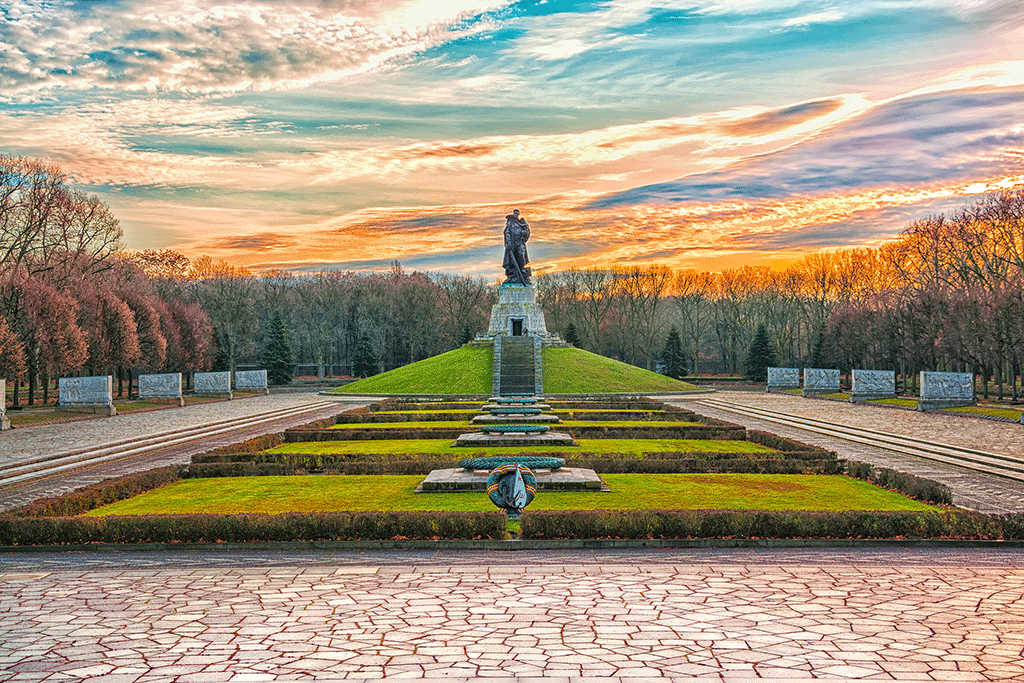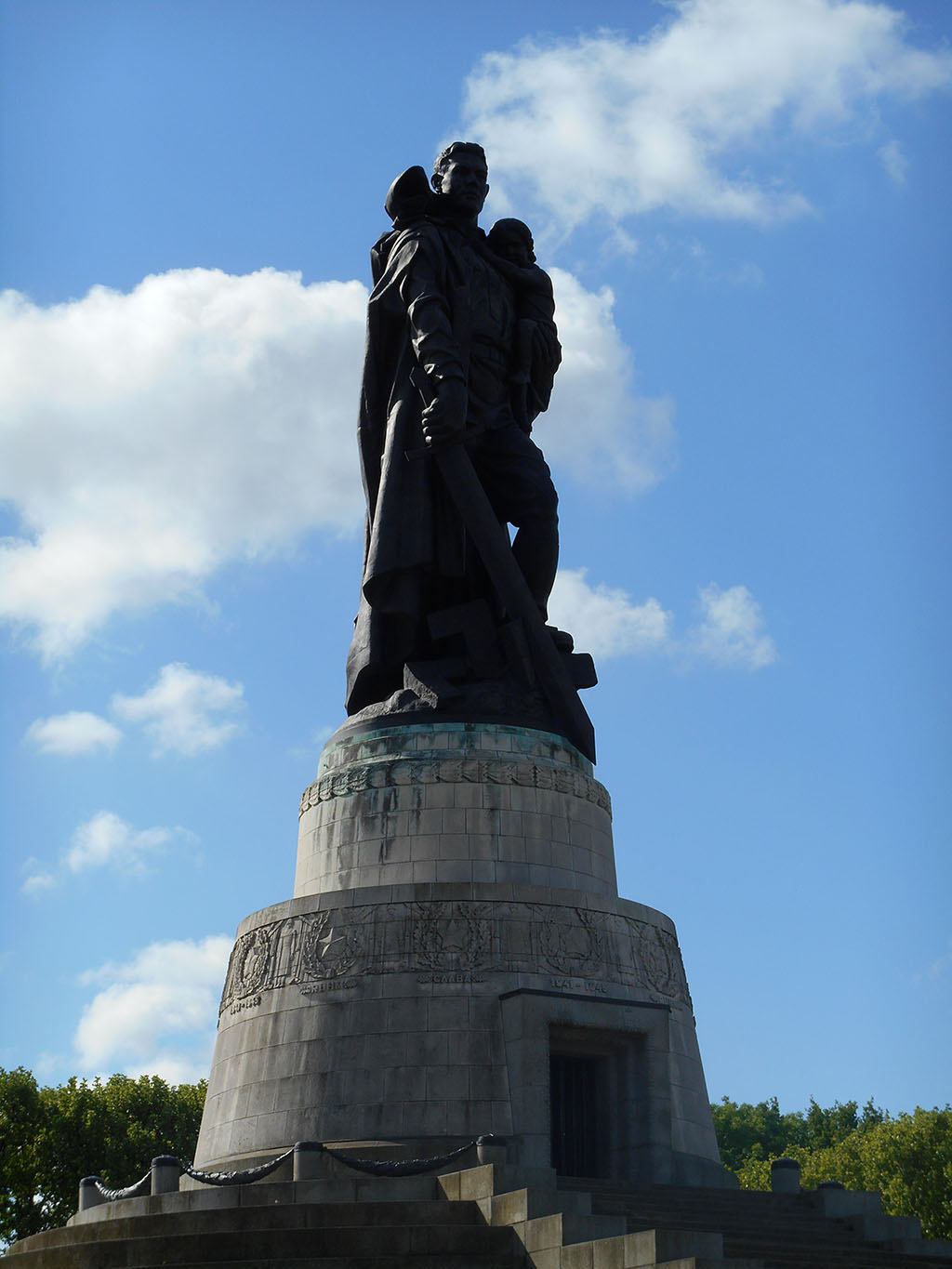New Year, new you, you’ve probably heard that a lot. Yes, It’s that time of year again where everyone seems to be kick-starting those New Years’ resolutions for 2018…
Joining the gym, eating healthily, maybe even giving up your usual tipple for a dry January… but is there a truer tonic for pressing that reset button, introducing yourself to new experiences and enlightening yourself, than heading off on a new adventure?
Travel is said to be the only thing you can buy that makes your richer, but with so many places to visit and so much to see and do, choosing where to book for your next holiday is quite the decision.
But, in the spirit of trying new things, and enjoying new experiences, we’ve put together our top destinations to travel to in 2018. Perfect if you’re looking for a little travel inspiration.
Vietnam

If you’re looking for somewhere exotic, packed with plenty of memorable experiences and that once-in-a-lifetime feel, Vietnam has it all. From the serene views over Ha Long Bay, dotted with junk boats to the buzz of the capital city Hanoi.
With waves of moped cyclists weaving through the traffic, some with pigs strapped to the back (yes, really), pyjama fashion and cà phê Chồn, a rather curious coffee, partly digested by the weasel-like civet. You will feel a world away from normality in this fascinating country.
But, beyond the outstanding natural beauty and unique cultural experiences, Vietnam also has a complex and diverse history. The impact of the infamous 19-year-long Vietnam War can still be felt this day, from the War Remnants Museum to the Dien Bien Phu War Cemetery.
A fascinating destination and one that will leave you awe-struck, gratified and completely enchanted by what it has to offer.
Berlin

Another hub of culture and history, the German capital is a must when it comes to places to visit in 2018. Whether it is part of a longer holiday or even a short break (especially for the Christmas Markets), Berlin’s combination of charisma and character is certain to appeal to almost anyone.
The iconic buildings, such as the Reichstag and the Fernsehturm TV tower are high on many visitors to-do list whilst in the city. But, digging a little deeper, there’s much more on offer than the popular postcard places.
The Treptower Park is host to an impressive Soviet War Memorial, set amongst a huge cemetery for 5000 Soviet soldiers. You can visit Checkpoint Charlie, the former crossing point between East Berlin and West Berlin and the nearby Mauerpark, a former part of the Berlin Wall and its death strip.
And, of course, you can visit the East Side Gallery, a 1316m long section Berlin Wall itself, or see the impressive Brandenburg Gate. There’s so much to fit into your time in Berlin, it will more than likely leave you wanting to visit again.
Sicily
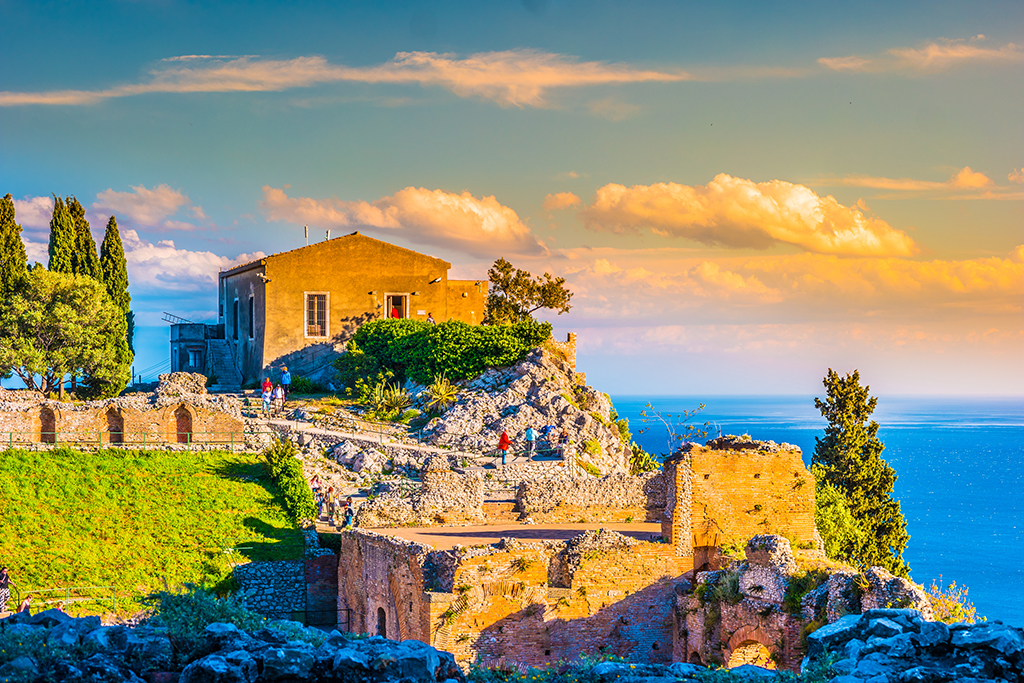
Are you talkin’ to me? Yes, we are! If you’re a fan of The Godfather, that is. Or, just anyone who is looking for a taste of the less trodden parts of Italy, really, Sicily could just be your cup of tea in 2018.
Yes, the small Italian island is the famous ancestral home of the notorious Corleone family, who you’ll know from being at the centre of the classic cinematic saga.
Perfect for any film buff, you can head to the foothills of the Peloritani Mountains where you’ll find some rather recognisable surroundings in the town of Savoca. You can even watch the world go by on the shady terrace of Bar Vitelli itself. And, best of all? The bar hasn’t changed since the film’s release in 1972!
But, it’s not all movies and the Mafia in Sicily, in fact, it’s one of Italy’s most beautiful islands. Taormina offers beautiful views of the east coast and a perfect perspective of Mount Etna. It’s easy to see why this has become the summer playground of the rich and famous
Many big names have been spotted seeking the dolce vita in the Taormina, from Oscar Wilde to Elisabeth Taylor, and a whole host of big-screen stars jetting in for the Taormina Film Festival, you’ll certainly be in great company wandering the streets of this glitzy hill-top retreat.
The Azores
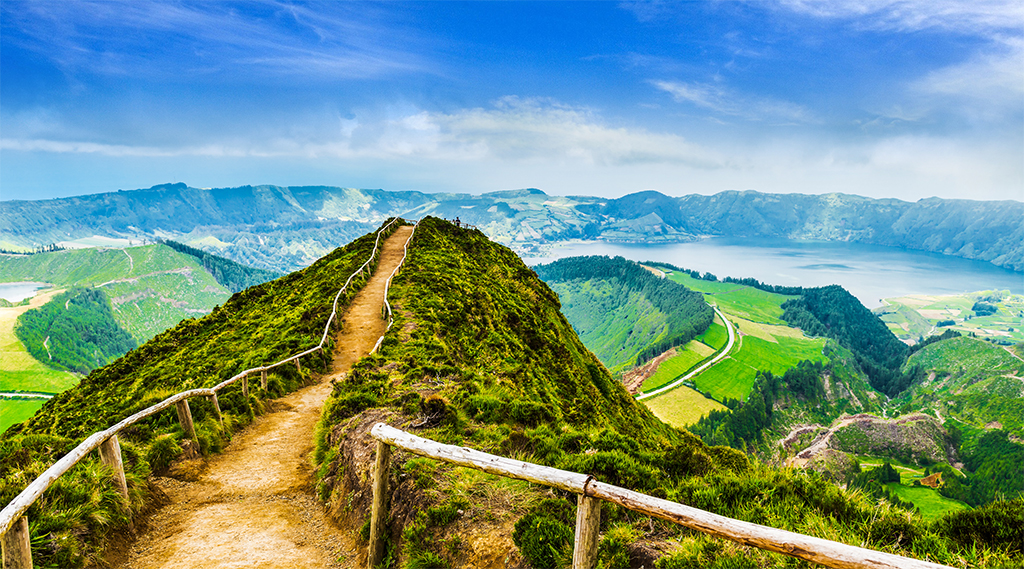
When you think of Portugal, you’ll be forgiven for thinking the sun, sand and the Algarve. But we’re thinking somewhere a little more exotic. The Azores islands are an autonomous region of Portugal, sitting deep within the North Atlantic, and offer a truly unique and really quite breath-taking experience.
It’s been called Europe’s answer to Hawaii and one of Europe’s best-kept secrets, a cavern of volcanic enchantment, you will bear witness to some pretty spectacular scenery, and who could say no to that?
Furnas City is host to botanical gardens, hot and cold springs and a lush, green, mountainous setting. The mystical lake, Santiago, is almost other-worldly, with its green waters sitting 334 metres above sea level, surrounded by the borders of a small crater, it’s a must-see whilst in the area.
You can even head over to Pico Island, the largest of the Azores. Dominated by Pico Mountain, it became a nature reserve in 1982 and has been producing delicious wine since the 15th century.
You won’t be disappointed by these beautiful islands, in fact, they could just prove to be the exotic adventure you’re looking for, all without leaving Europe in 2018.
Santorini
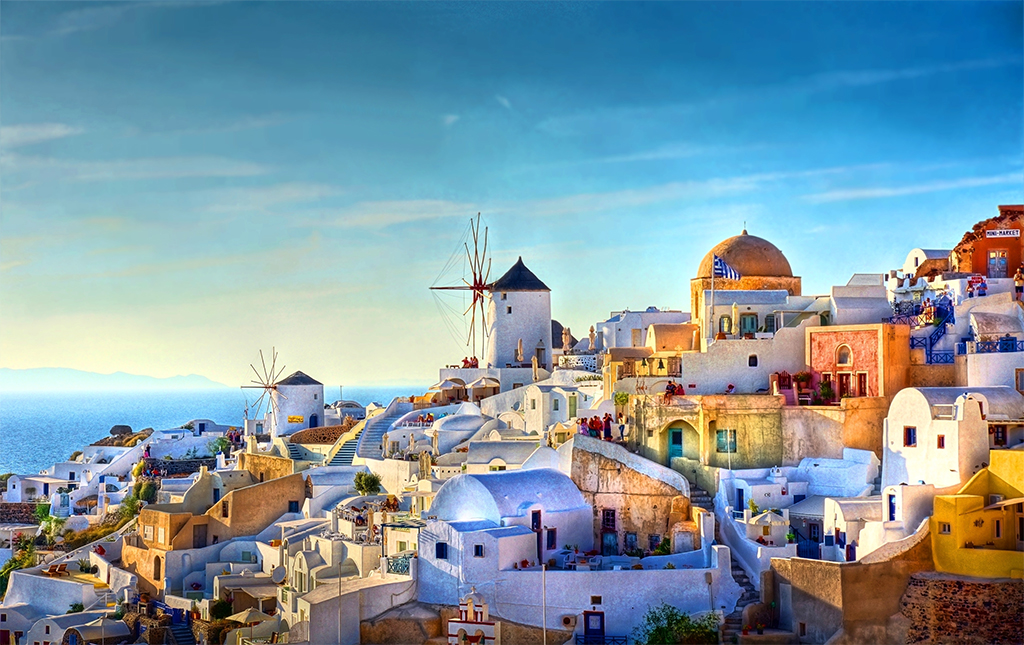
A bucket list destination by the very definition, the remarkable island of Santorini is stealing hearts and keeping travellers flocking in for the 2018 season.
The world-famous view over the iconic caldera, whilst perched in the popular cliff-side towns of Fira and Oia, is one that you won’t get over for a while, especially at sunset. It’s a scene you’d see on postcards picked up throughout Greece, and that’s how you know you’re in an incredible location.
With the beautiful blue church domes scattered around the whitewash towns, seemingly clinging to the cliff edge, met by black, volcanic beaches at the foot, you’ll certainly get the best of Greece in Santorini.
Not to mention the old saying that there is more wine than rain on the island, and you have the delicious Greek cuisine to pair it with, from mezze to a moussaka, it’s a holiday for your taste buds as well as your sense of adventure.
If these incredible destinations have whet your appetite for a holiday to remember in 2018, why not see more on an escorted tour? At Leger Holidays, we have tours that encompass all of the above and lots, lots more. So what are you waiting for? Head over to www.leger.co.uk, today.

